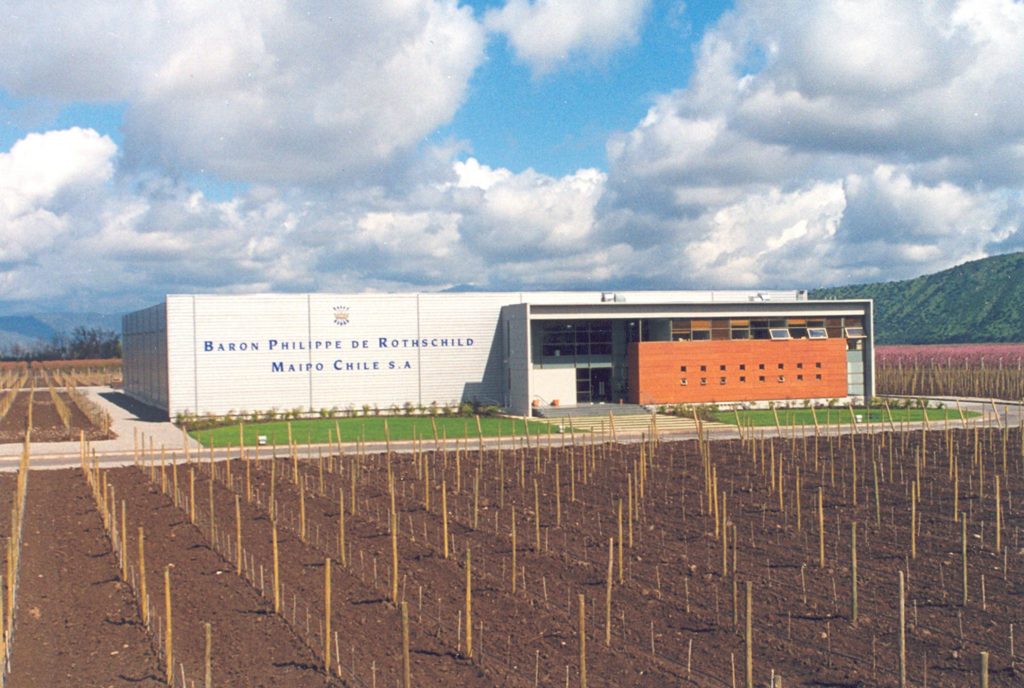
Escudo Rojo is the result of the encounter between Chilean terroirs and the know-how of Baron Philippe de Rothschild. Since its creation in 1999, it has stood as the worthy heir of Baron Philippe de Rothschild in Chile. This is exemplified by its name, since Escudo Rojo is the Spanish translation of the German “Rote Schild”, which means red shield. By giving her name to the wine, Baroness Philippine de Rothschild showed that the Rothschild family had come to Chile to stay.
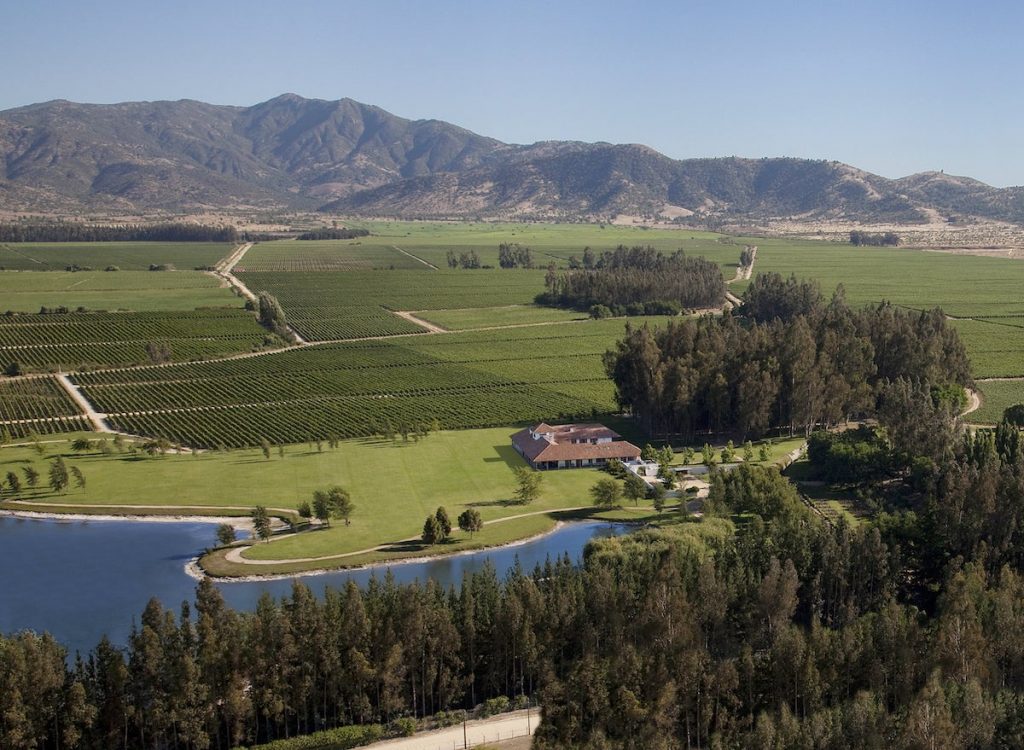
Los Vascos is owned by the Les Domaines Barons de Rothschild (Lafite) and remain one of our most popular producers. Barons de Rothschild have put their extensive knowledge and investment into producing one of Chile`s finest and most popular wines through a combination of traditional agricultural methods and modern technology ensuring healthy grapes and consistent, high-quality wines.
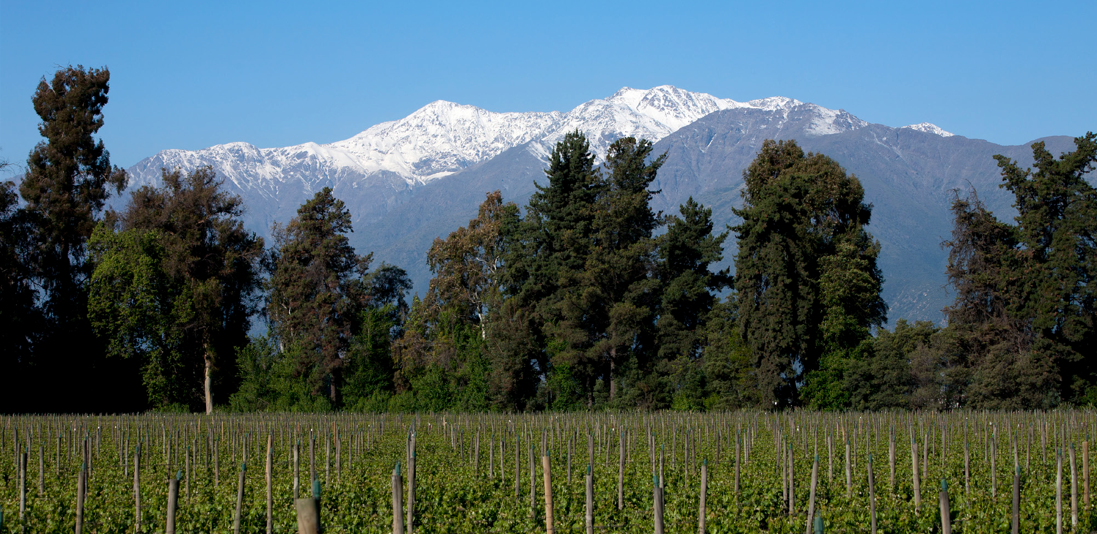
Eduardo created Viñedo Chadwick to honor his father Don Alfonso Chadwick Errázuriz in 1992 with the first vintage made in 1999. The grapes come from a vineyard planted on Alfonso’s former polo pitch in Puente Alto, Maipo which is at 600m in altitude. Puente Alto is now recognised around the world as a fine place to grow Cabernet Sauvignon with rivals having vineyards in the same region.
The Cabernet and Petit Verdot grapes were hand harvested and double sorted before fermentation in small lots in stainless steel tanks. The wine was then racked into French oak barrels, 80% new and Stockinger foudres for malolactic conversion and ageing for 22 months.
This is the wine that took top place at the 2004 against Bordeaux First Growths, not a small feat for a relatively new wine region.*
*1-Viñedo Chadwick 2000; 2-Seña 2001; 3-Château Lafite-Rothschild 2000
For further details please refer to: https://theberlintasting.com/from-berlin/
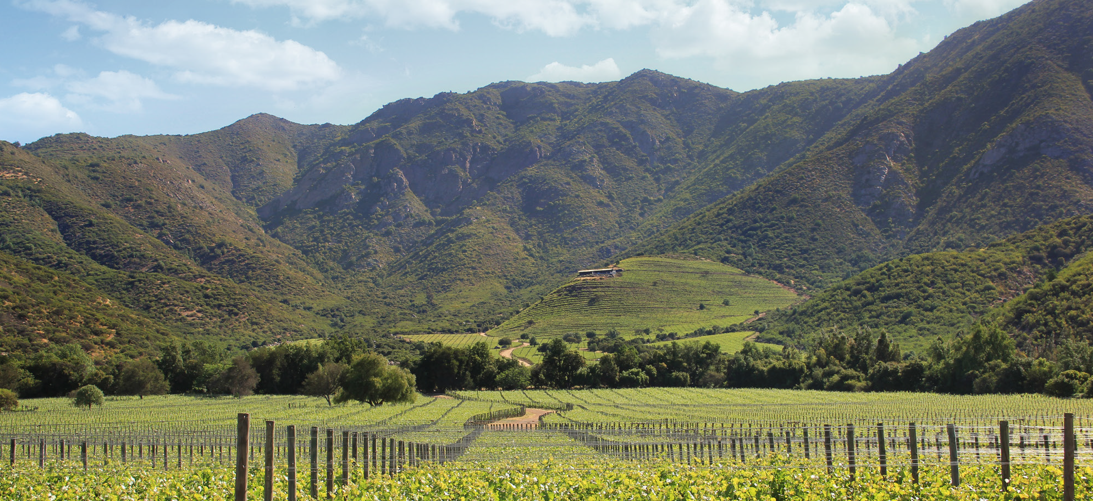
One of the longstanding goals of Eduardo Chadwick is to have Chile recognised on the world stage to be capable of producing fine wines that rival traditional fine wine countries. Seña was created as a joint venture between Robert Mondavi and Eduardo Chadwick in 1995 with this in mind. As of 2005, the Chadwick family are now sole owners of this project.
It took four years for them to find a place to plant specific vineyards for this project. In 1998, 42 hectares were planted on hillsides of the Aconcagua Valley with Bordeaux red grape varieties. The vineyards are farmed biodynamically and use sheep to graze the vineyards and to provide natural fertiliser.
Eduardo seemingly achieved his goal in 2004 at the Berlin Tasting when he included Seña and Viñedo Chadwick in a blind wine line up against top Bordeaux Châteaux including Lafite, Magaux and Latour to 36 European wine experts. Viñedo Chadwick 2000 and Seña 2001 came out among the 3 award-winning wines*, which surprised and impressed many wine experts.
*1-Viñedo Chadwick 2000; 2-Seña 2001; 3-Château Lafite-Rothschild 2000
For further details please refer to: https://theberlintasting.com/from-berlin/
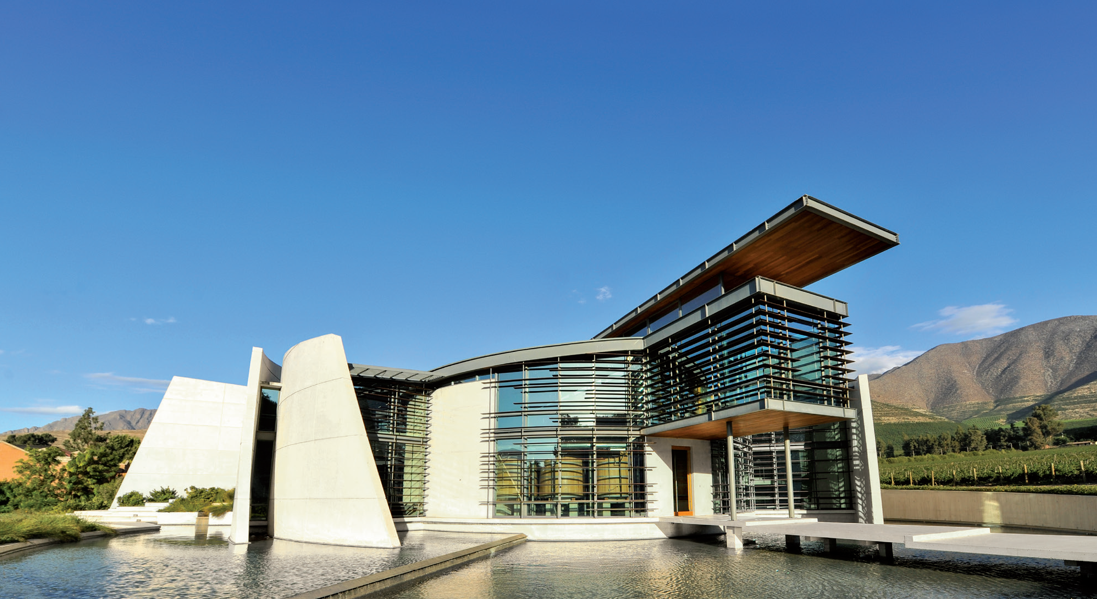
Viña Errázuriz was created in 1870 by visionary Don Maximiano Errázuriz who planted vines in the Aconcagua Valley, 90km from Santiago. The long Aconcagua Valley benefits from a Mediterranean climate with winter rainfall, access to water and coastal areas. This makes it unique for being able to grow a wide range of grape varieties from reds to whites that typically require a cooler climate. Today, the fifth generation of the Errazuriz family, Eduardo Chadwick Claro runs the company.
Take our very beginnings in 1965, when California winemaker Davis Bynum first created Barefoot in his garage. The unconventional name referred to the free-spirited method of crushing grapes barefoot. For more than 50 years, with Barefoot fruit-forward and smooth taste profile, innovative and inclusive brand spirit. The brand has established its foothold across six continents and become the hot-selling and highly recognized wine brand worldwide.
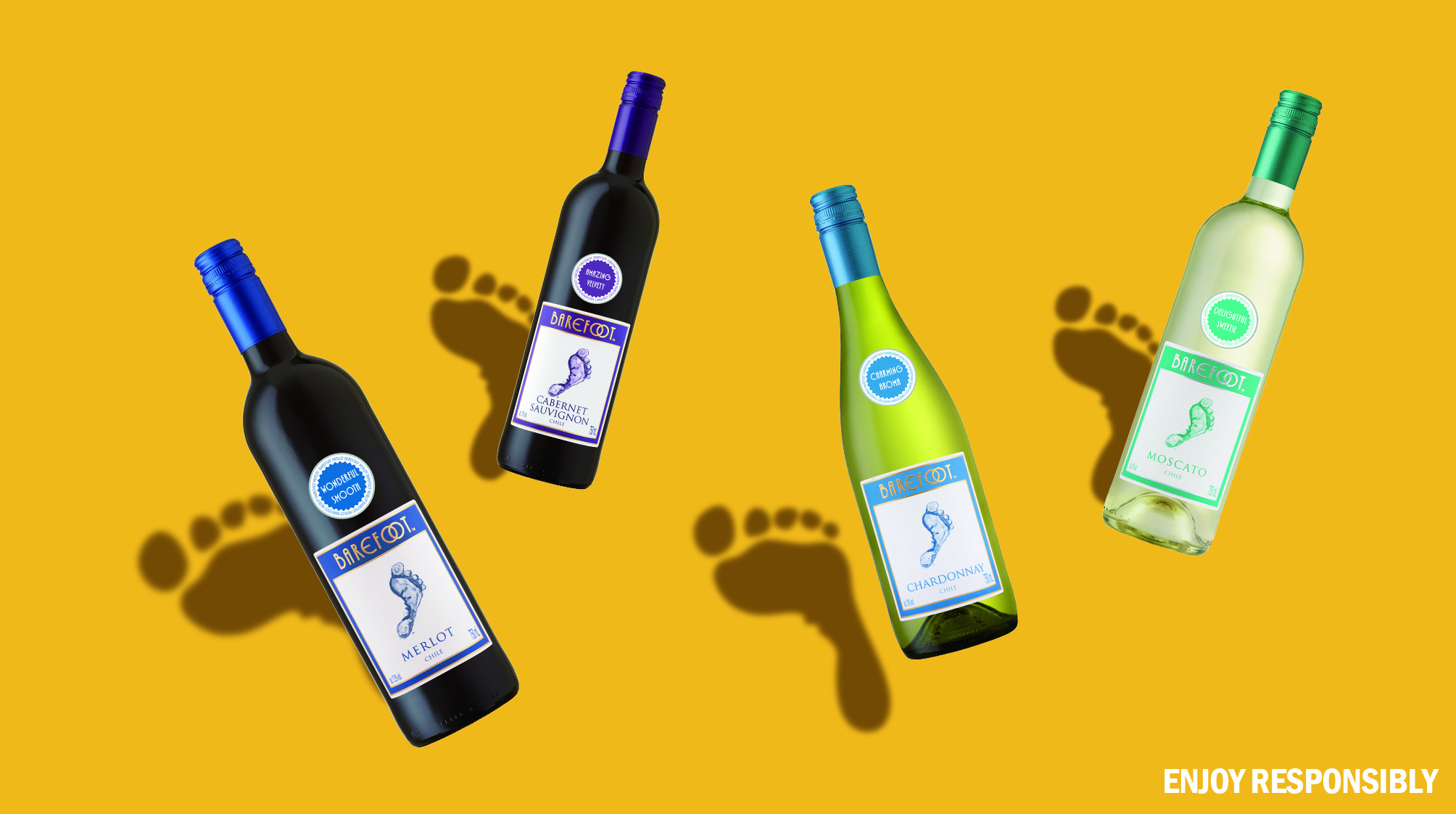
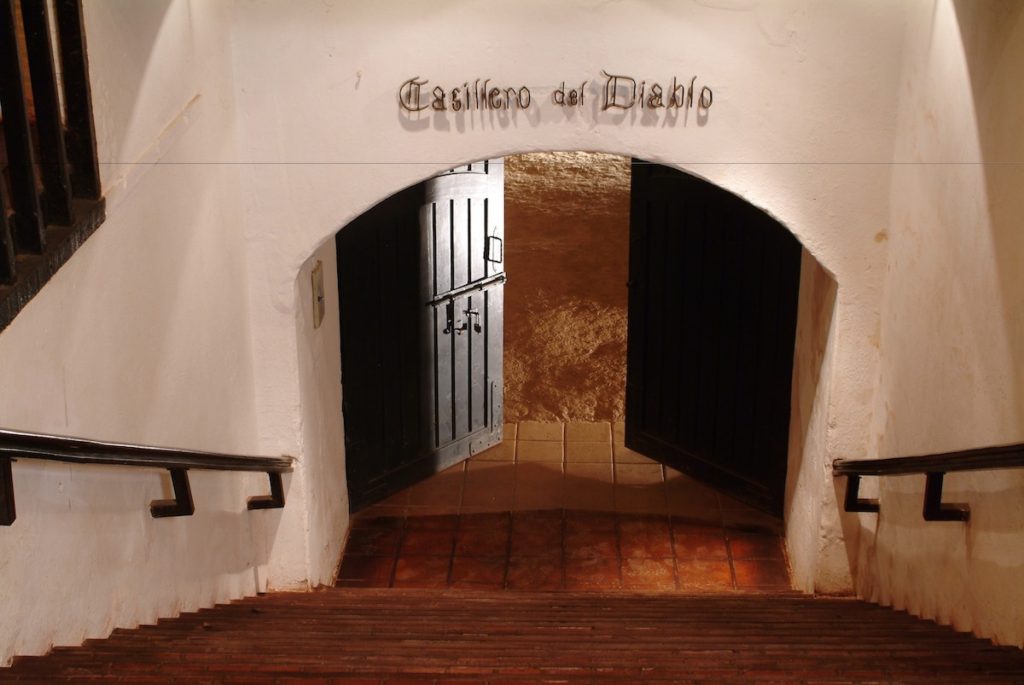
A Wine Legend.
The history of Casillero del Diablo begins more than 135 years ago, at a time when the founder of Viña Concha y Toro, Don Melchor de Concha y Toro, stored his fine wines in a cellar, behind a wrought-iron locked gate. After noticing wine being stolen from the cellar, Don Melchor de Concha y Toro spread a rumor that the devil lived there. From that day on no other bottles disappeared. Decades later the story was captured by Casillero del Diablo, a Cabernet Sauvignon launched in the 60s with its 1966 vintage. Over time the brand grew, adding new varieties and product lines until it became a recognized Chilean wine brand in the world today.
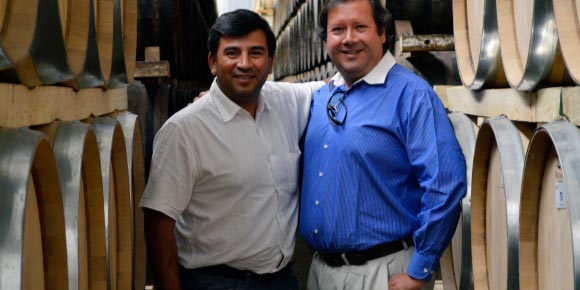 Flagship premium Chilean pisco Alto del Carmen is the name of an Andean Village, home both to the Chilean grape-based spirit Pisco and to the majestic Condor (between 2.000 an 5.000 meters, the symbol of Alto del Carmen).The Condor represents highness, liberty and power. The Pisco brand Alto del Carmen strives to deliver an outstanding Pisco. The production process is restricted to an artisanal volume of production, based only on Muscat grapes. This means that the process is dedicated to aromatic and fruity grapes, using small copper pots still to ensure meticulous quality control.
Flagship premium Chilean pisco Alto del Carmen is the name of an Andean Village, home both to the Chilean grape-based spirit Pisco and to the majestic Condor (between 2.000 an 5.000 meters, the symbol of Alto del Carmen).The Condor represents highness, liberty and power. The Pisco brand Alto del Carmen strives to deliver an outstanding Pisco. The production process is restricted to an artisanal volume of production, based only on Muscat grapes. This means that the process is dedicated to aromatic and fruity grapes, using small copper pots still to ensure meticulous quality control.
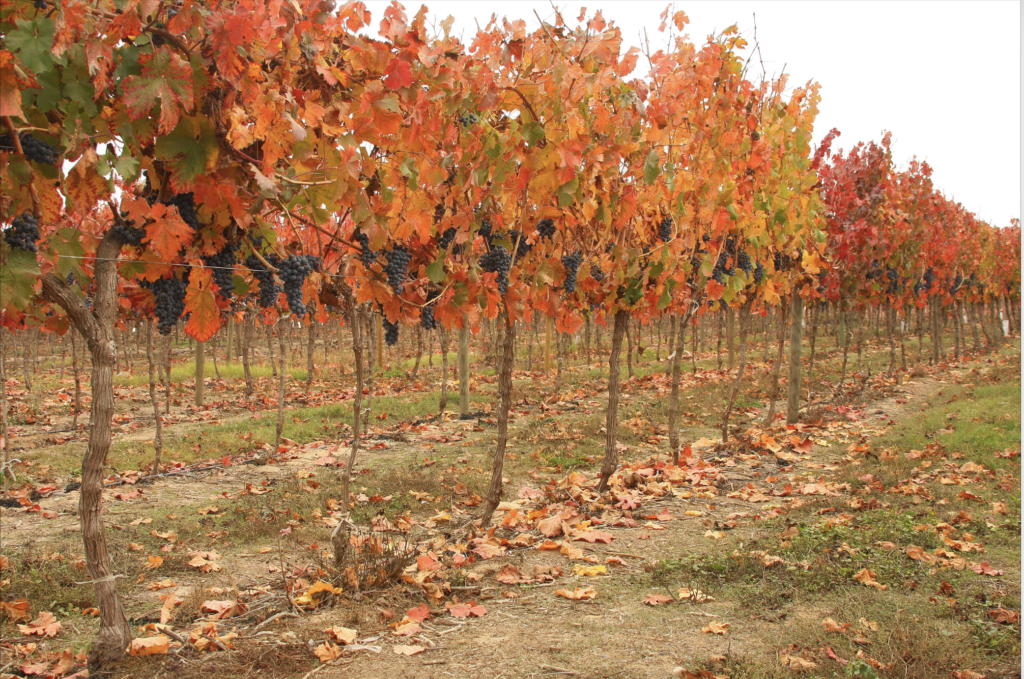
A Vineyard within a Vineyard.
Terrunyo (from terruño, the Spanish word for terroir) wine starts out with hand-picked fruit sourced from a cluster of vines in a well-delimited vineyard in which a micro-climate, the chosen grape stock, a select piece of soil and the expert hand of man interact, magically creating a great harmony and delivering unrivaled quality.
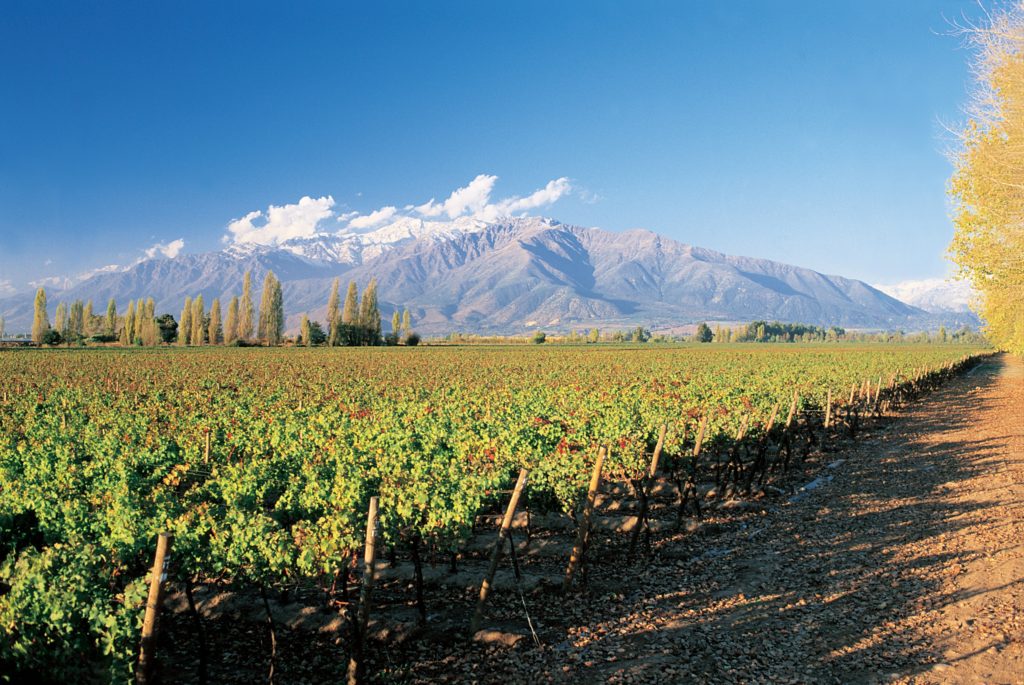
Concha y Toro and Mouton Rothschild's joint venture in Chile.
Made from a blend of classic Bordeaux varieties, in which Cabernet Sauvignon predominates, Almaviva is the result of a felicitous encounter between two cultures. Chile offers its soil, its climate and its vineyards, while France contributes its winemaking savoir-faire and traditions. The result is an exceptionally elegant and complex wine. Its launch was a major milestone in the development of Chilean wines, both in Chile itself and in the international market.

